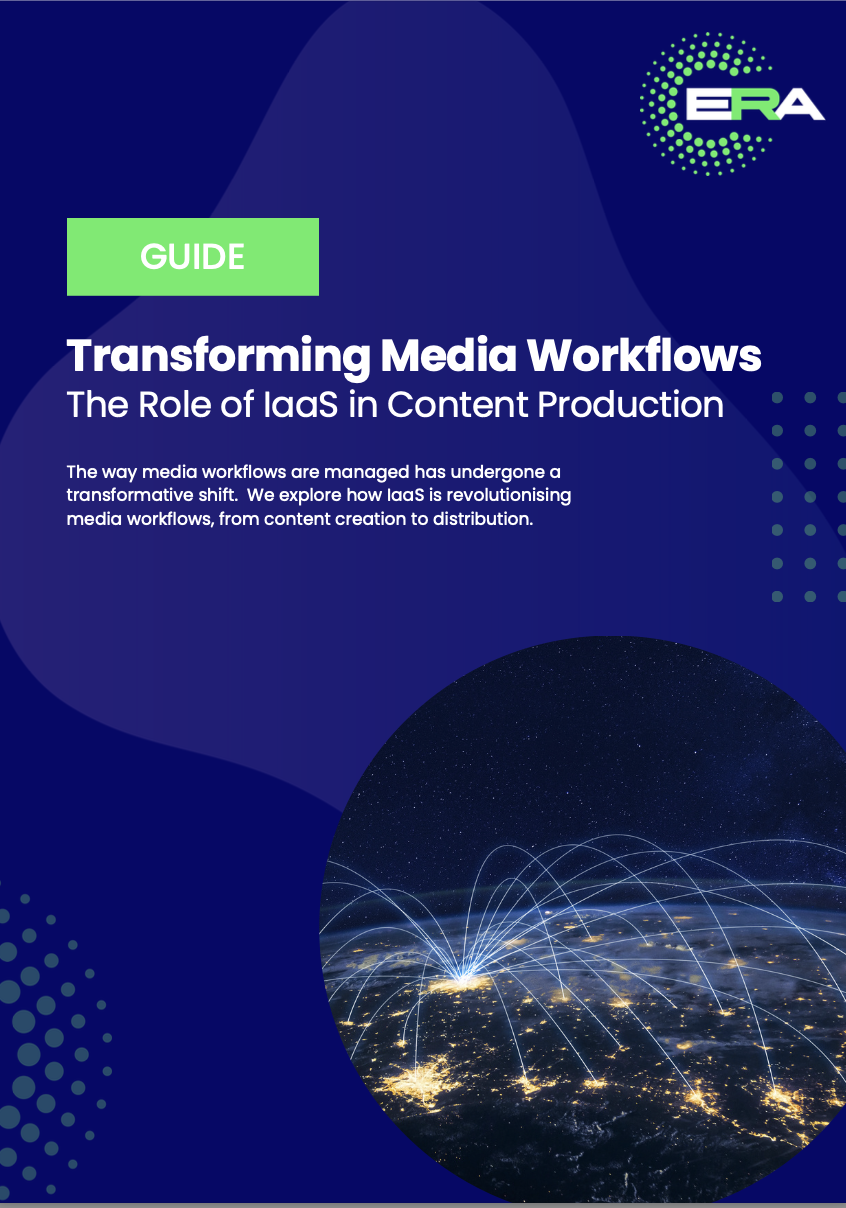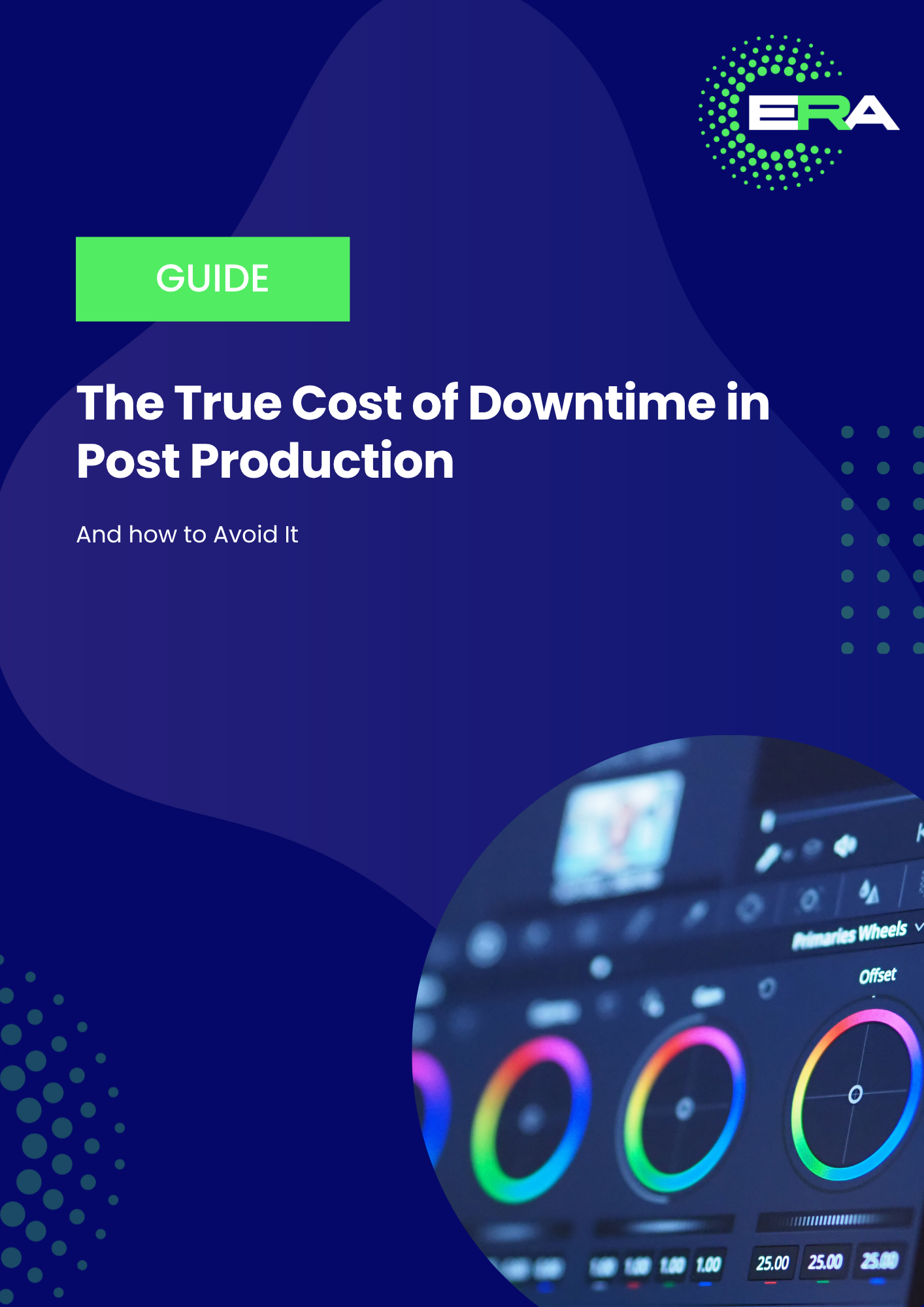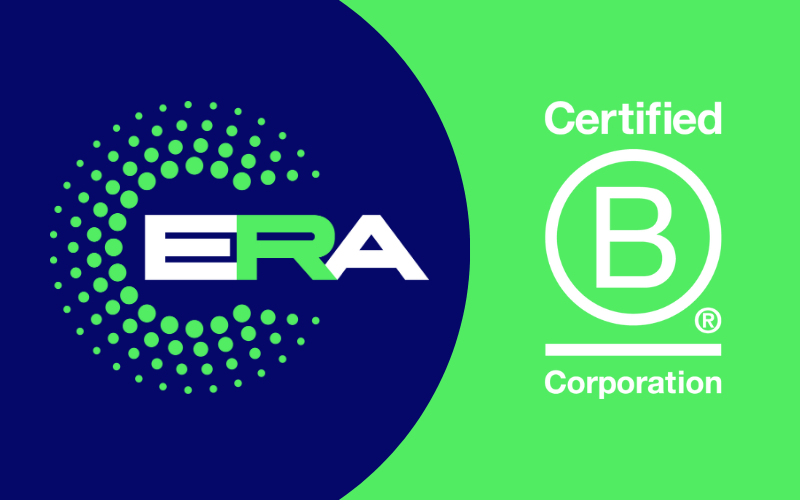In an industry where speed, efficiency, and scalability are critical, the way media workflows are managed has undergone a transformative shift. With audiences expecting immersive visuals, seamless experiences and rapid delivery, media creators face the challenge of juggling complex workflows under tight deadlines. Infrastructure as a Service (IaaS) has emerged as a game-changer in content production, empowering creators with the tools and resources to meet these modern demands.
In this blog we’re going to explore how IaaS is revolutionising media workflows, from digital content creation to distribution.

The Media Industry’s Shifting Landscape
Content creators and distributors face mounting pressure to deliver high-quality outputs in increasingly shorter timeframes. Audiences demand on-demand access to content in various formats and resolutions, while global teams require tools that enable seamless collaboration. Traditional on-premises infrastructure struggles to meet these evolving needs due to limited scalability and high maintenance costs.
IaaS steps in to address these challenges by offering scalable cloud infrastructure tailored for media production. With IaaS, companies gain access to scalable computing power, high-speed storage, and networking resources without the need for hefty upfront investments.
The UK is forecast to become the largest entertainment and media market in Europe according to PwC. With market value expected to surpass £100bn this year alone, the UK is positioned at the forefront of M&E innovation and growth and has projected growth to £121bn by 2028.
Streamlined Content Creation
One of the most significant advantages of IaaS is its ability to enhance content creation workflows with:
- Scalability on Demand: Projects often require a burst of resources, such as rendering power for visual effects or computational capacity for large edits. IaaS platforms provide the flexibility to scale resources up or down as needed, ensuring production teams never face bottlenecks.
- Remote Collaboration: With cloud-based infrastructure, teams can work together seamlessly from anywhere in the world. Editors, animators, and directors can access shared files and tools in real-time, breaking down geographical barriers while data remains securely stored in the cloud. This capability has been particularly transformative for post-production workflows. Editors no longer need to transfer massive files back and forth reducing delays and enhancing productivity.
- Cost Efficiency: Instead of investing in expensive hardware that may sit idle during off-peak periods, companies pay only for what they use, optimising their budgets for other creative needs.
Accelerated Post-Production Workflows
Post-production tasks like editing, colour grading, rendering and sound mixing are resource intensive. IaaS offers tailored solutions to ensure these processes run smoothly:
- High-Performance Rendering: Burst render capabilities allow teams to process complex visual effects faster, reducing project timelines.
- Seamless Integration with Tools: Many IaaS platforms are compatible with popular post-production software, enabling teams to integrate their workflows without disruption.
- Secure Data Handling: IaaS providers offer enterprise-grade security, ensuring sensitive media assets are protected during processing and storage.
Revolutionising Content Distribution
The way audiences consume content has shifted dramatically, with streaming services, social platforms, and global releases becoming the norm. IaaS supports efficient content distribution through:
- Optimised Transcoding: Media can be prepared for various formats and resolutions on the fly, ensuring compatibility across devices and platforms.
- Global Content Delivery Networks (CDNs): By leveraging CDNs, IaaS ensures that audiences worldwide experience minimal buffering with high-quality playback.
- Analytics and Insights: Many IaaS platforms include tools to track distribution performance, helping content creators understand their audiences better and optimise their content delivery strategies. This data driven approach ensures that audiences receive the best possible experience while enabling media companies to stay ahead of the competition.
While global usage and consumer uptake of streaming services continue to grow, the rate has slowed, as consumer finance pressures mounted and the level of subscription ‘stacking’ peaks. Source PwC
According to PwC, despite the OTT market being extremely competitive and mature, revenue has expanded rapidly in recent years with the market nearly doubling in size since 2020 – thanks in part to the accelerated growth experienced during the pandemic. Prices have risen for several major platforms and despite the difficult macroeconomic environment, the market has continued to flourish.
Why IaaS is the Future of Media Workflows
The adoption of IaaS in media production is more than just a trend; it’s a fundamental shift in how the industry operates. Its ability to provide flexibility, scalability, and cost savings makes it an indispensable tool for media companies looking to stay competitive.
Emerging trends like Artificial Intelligence (AI) and Machine Learning (ML) are already being integrated into cloud-based platforms, enabling automated editing, colour grading, and even script analysis. These advancements will further streamline workflows, unlocking new levels of efficiency, creativity and success in collaborative content production.
By leveraging IaaS, content creators can focus more on storytelling and innovation, confident that their infrastructure can handle the technical demands of modern production. As the industry continues to evolve, IaaS will remain at the heart of this transformation, enabling new possibilities and redefining how media workflows are managed.
How is your team adapting to the changing landscape of content production? Are you ready to embrace the flexibility and power of IaaS to transform your workflows? Let’s explore the future together, book a discovery call with us now.




